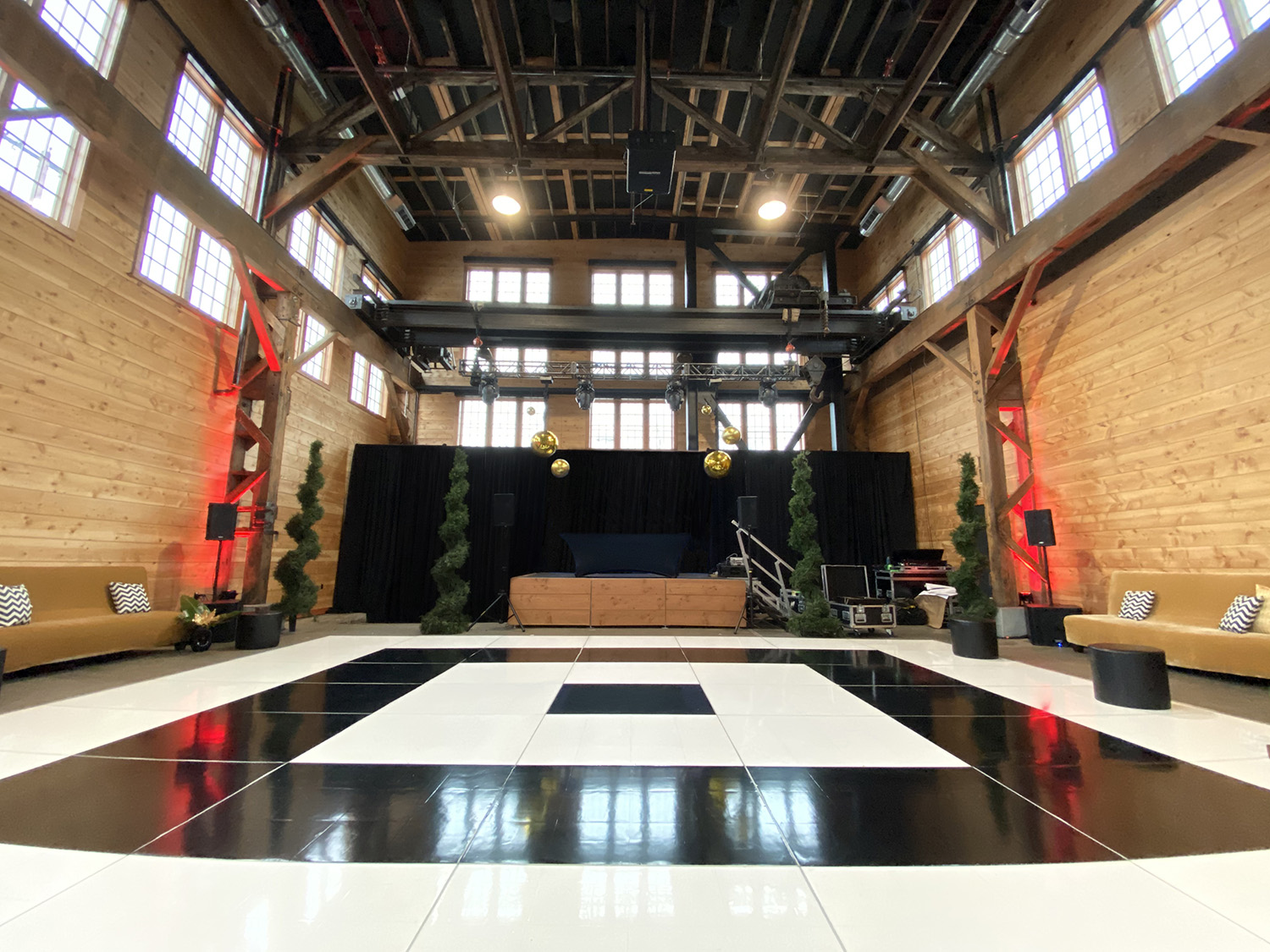Choosing the appropriate components for constructing a long-lasting and secure external performance surface is essential for guaranteeing an enjoyable session. Exterior movement floors must withstand various weather conditions while providing a stable surface for dancers and attendees. Thus, it is important to evaluate factors such as material resilience, safety attributes, and maintenance demands when making selections. This article will explore several suitable materials and their advantages in designing an open-air dance floor.
One common option for exterior dance floors is wood. Wood provides a classic and warm appearance that many consider appealing. Hardwoods like beech or ash are particularly favored due to their durability and ability to absorb impact, which can protect dancers’ ligaments. Additionally, timber has inherent anti-slip properties when finished properly, reducing the chance of injuries. However, preserving a wooden dance floor requires regular sealing and resurfacing to protect it from moisture and UV damage, making it critical to account for the environment in which the floor will be placed.

Another viable alternative is synthetic composites, which blend wood fibers with plastic. These materials are designed to be impervious to humidity, mildew, and discoloration from sunlight. Composite dance floors offer durability comparable to conventional wood without the extensive upkeep. They are less susceptible to distortion and splitting than natural wood floors when subjected to harsh environmental conditions. Furthermore, composite materials often have built-in anti-slip properties, making them a more secure choice for outdoor events.
For those seeking a more modern solution, modular tiles made of polyvinyl chloride or elastomer are reliable options. These tiles are designed for easy installation and can be reconfigured or replaced as needed. The flexibility of using interlocking tiles allows for quick setup and breakdown, making them suitable for short-term dance venues or gatherings. Moreover, these flooring types provide cushioning that enhances comfort while dancing and minimizes the risk of accidents resulting from falls. The sealed structure of PVC and rubber also inhibits water penetration, additionally extending the life of the flooring.
Ultimately, it is crucial to evaluate the site and planned function of the exterior dance floor when choosing materials. For instance, if the dance floor will be situated in a high-traffic area or exposed to inclement weather frequently, choosing robust materials that require minimal upkeep will be essential. On the other hand, for less intense use or in more protected areas, less heavy options may be adequate. In any case, emphasizing safety aspects such as grip and impact resistance should stay at the center of design.
To summarize, constructing a long-lasting and secure open-air dance floor requires thoughtful assessment of various materials suited for different environments and purposes. Wood offers Read More Here classic aesthetics but demands consistent care; composite materials balance aesthetics with resilience; interlocking tiles provide versatility and convenience. At the end of the day, identifying the specific needs of the dance click here now floor's intended use will guide decision-making toward choosing the most suitable solution for an satisfying and safe dancing experience outdoors.